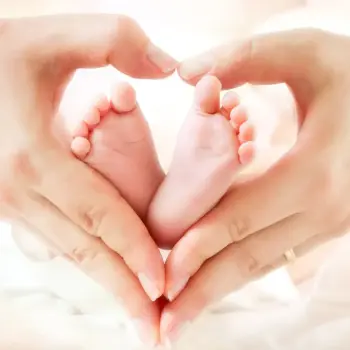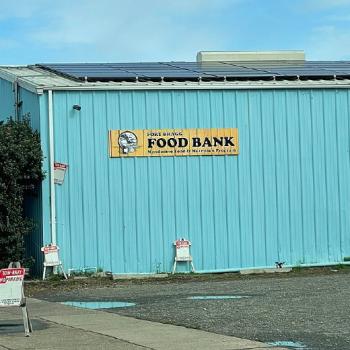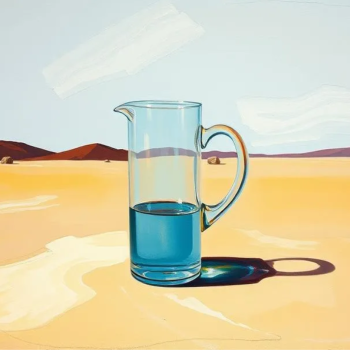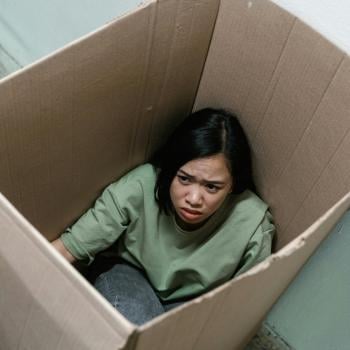Mr. Samandari’s father, a close friend and early follower of the prophet of the Baha’is, Baha’u’llah, was named as one of his nineteen original apostles and had many tablets, prayers and letters written for him. In fact, their family name used to be Qazvini, until Baha’u’llah gave his father the title “Samandar” which metaphorically translates to the English equivalent of Phoenix, that mythical king of birds that rises from the ashes. That’s how special this guy was. His first name, “Tarazu’llah” means “ornament of God.” Put it all together and you get “Hand of the Cause of God, Ornament of God... Phoenix.” Pretty catchy, right?
Mr. Samandari was one of the first early Baha’is to be given the title “Hand of the Cause.” The “Hands”, as they were called for short, were specially-appointed counselors to the nascent Baha'i community in the early days, and played a significant role in the spread of the Faith through the first part of the 20th Century.
To give you, dear reader, an idea of just how revered Mr. Samandari was, let’s go over a list of some of the other titles and honorifics that were bestowed upon him by early leaders of the Baha'i Faith.
Abdul Baha, the son of Baha’u’llah, referred to him as “the Divine Adornment”, “A luminous candle,” “a cause of happiness of souls,” “a mine of joy,” “ a cause of happiness of hearts.” Shoghi Effendi, the great grandson of Baha’u’llah and the “Guardian” (leader) of the Baha’i Faith for many decades honored him as “An Apostle of the Crimson Ark,” “A strong Pillar of the Luminous Faith of God,” "faithful custodian of the fortified citadel,” a “Knight of the arena of detachment,” “foremost exemplar for the righteous,” “a true herald of the Greatest Name,” and, finally, “The shining lamp among Baha’i Teachers.” You get the idea. People really dug him.
So here we are in the Pacific Northwest in 1967 or so, fast- forwarding from the airport, in a big run-down house near the university filled to capacity with a bunch of bohemian students and spiritual truth seekers from all corners of Seattle, all seated around this tiny, “strong pillar of the luminous faith of God.”
My parents are probably passing out cookies and punch to a bunch of students in John Lennon glasses, leather vests with fringe and bell bottomed jeans. I imagine that there are ashtrays everywhere and I’m on a blanket in the corner sucking on a rubber toy in a cloud of second-hand smoke. This would be only a few months before my parents would divorce, my mom would take off to live on a commune in Oakland and then to work at an insane asylum in Bismarck, North Dakota and my dad would take me to go live in the jungles of coastal Nicaragua and start an oyster farm. In other words, things were about to get cray-cray.
My uncle Ronnie, definitely not a Baha'i then and unbeknownst to my parents, is probably at our house dealing pot and acid. True story. He told me many years later that he used to deal drugs at Baha’i firesides as it was a perfect cover. No one would ever look twice at a mop-haired, shifty-eyed burnout at a spiritual gathering. Swing on by, he would say to his potential buyers, say some prayers and get hit with some groovy religious wisdom. Afterwards I’ll meet you on the porch and you’ll get a baggie of the finest herb north of Humboldt and a fistful of Orange Windowpane.
Drugs or no drugs, back then many spiritual truth seekers hung out together. Spirituality was definitely not something relegated to New Age weirdos and “Born Agains.” The idea of exploring alternative expressions of the spiritual life and the journey of the soul was an integral part of the counter-culture that was starting to spring up all over American cities, immediately preceding the upcoming “Summer of Love.”
Most progressive people believed that the answers to the problems of life could actually be addressed by spiritual insight and even by religion itself—as long as it wasn’t the religion of their parents. Remember, in only a few years The Beatles would be visiting the Maharishi, Cat Stevens would become a Muslim, Hollywood celebrities would be doing peyote with Native American shamans, Shirley MacLaine would revisit past lives and millions of young mystic wanderers would join various religious faiths in their search for truth and meaning.
During that era, tens of thousands of young Americans would become members of the Baha’i Faith, the youngest world religion. Including my parents: my dad, an artist and writer and my mom, an experimental theater actress and yoga teacher.




